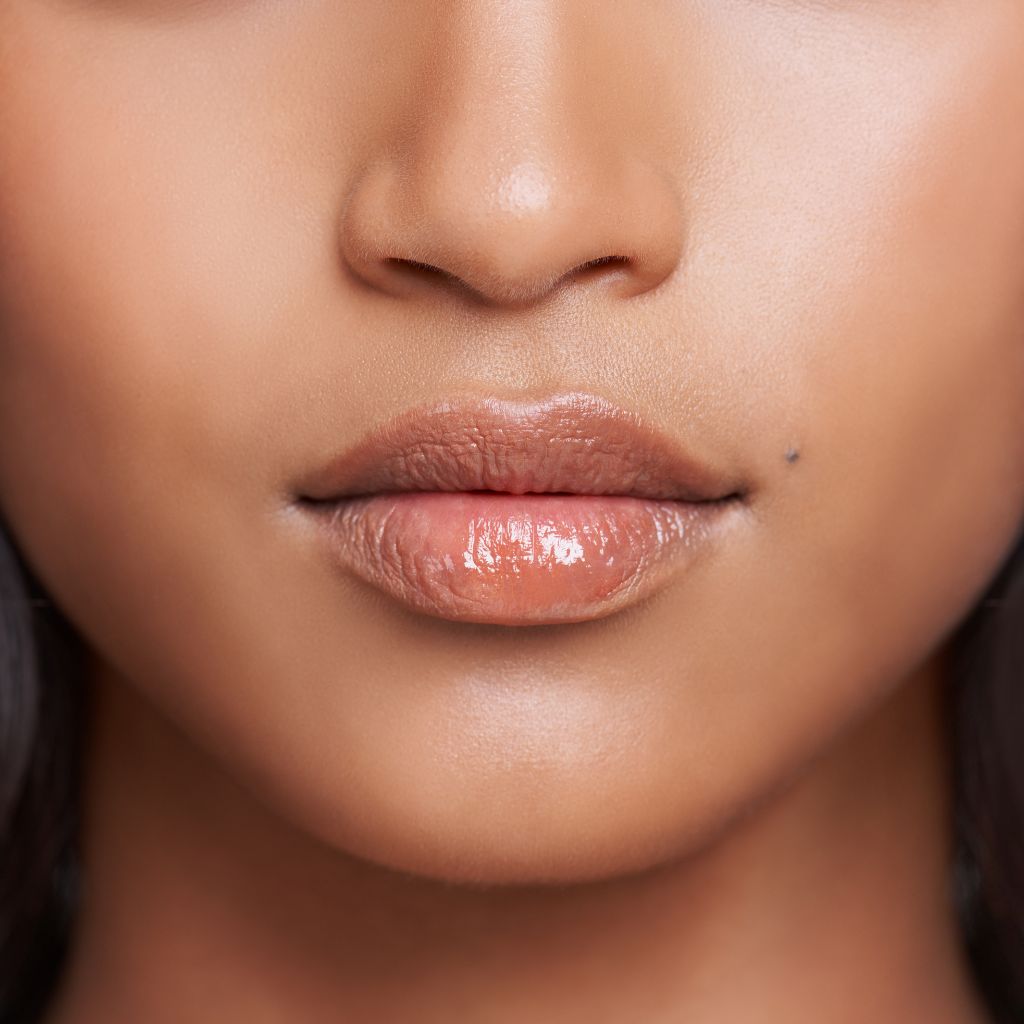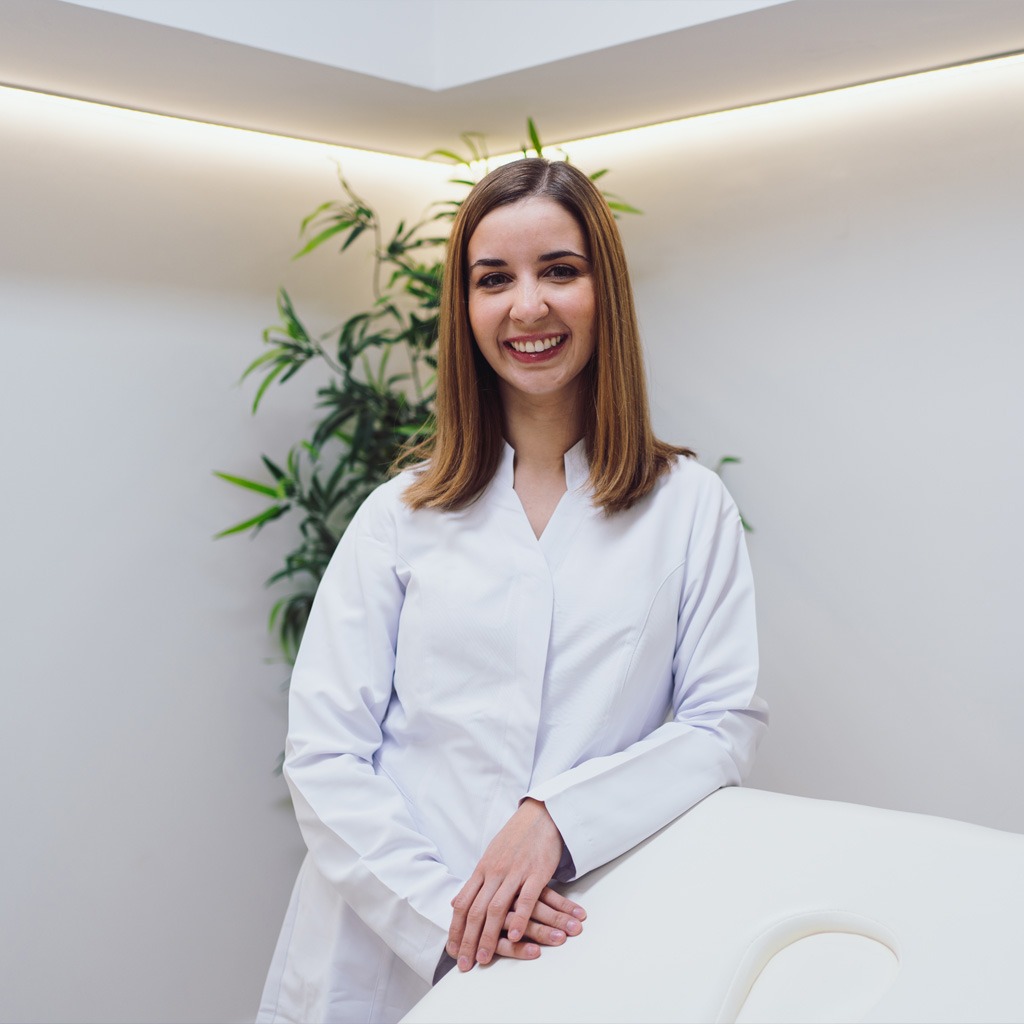There are many reasons why an individual might consider having a lip filler. Imperfections in the mouth area or having a gummy smile are just some of the reasons why this treatment could prove to be a good option.
However, there are always fears associated with it, particularly if the end result is excessive or unnatural. If you still have doubts about whether or not you should have this procedure, then read on and clear up all your doubts and questions about this topic.
When should lip fillers be done?
Lip fillers can be used to improve various aspects of the mouth area, including:
- Increased volume;
- Contour improvement;
- Correcting asymmetries;
- Reducing gummy smiles;
- Finalising orthodontic treatments;
- Improved facial profile;
- Improving hydration.
How are lip fillers made?
Lip fillers take around 30 minutes. To carry out this procedure, a fine needle or cannula is used, through which an injectable solution of hyaluronic acid is applied to the lips.
Beforehand, a topical anaesthetic is applied to ensure greater comfort during the procedure.
How long do lip fillers last?
The duration of the results of this treatment varies depending on the material used (the more viscous ones usually provide longer-lasting effects than the more fluid ones). In general, however, lip fillers can be said to last between 8 and 12 months.
Subsequently, the product used in the lip filler begins to be absorbed by the body, the effect disappears and, if they so wish, the individual can have this aesthetic procedure carried out again.
However, it should be added that the individual can repeat the lip filler a month after having had this aesthetic procedure if, for example, they are not satisfied with the results because the effects are not as noticeable as desired.
What is the correct lip proportion?
The golden ratio, considered ideal, states that the lower lip should be 1.6 times the size of the upper lip.
However, both can be the same size, it all depends on your aesthetic taste. Generally, the only option is not to make the upper lip bigger than the lower lip.
Can botox be applied to lip fillers?
Yes, but the effects are different from those obtained by filling the lips with hyaluronic acid. Botox can be used to smooth out “bar codes” and a slight eversion of the lip.
In addition, the toxin can also be used to help treat droopy mouths.
Frequently Asked Questions
First of all, it’s important to emphasise that a cosmetic procedure such as lip fillers should always be carried out in a proper environment, with a doctor duly qualified for the purpose and using biocompatible, temporary materials that have an antidote. In this case, hyaluronic acid.
This is the only way to minimise the risks of this treatment and, in the event of complications, to be able to resolve them immediately and relatively easily and quickly.
These characteristics make the procedure predictable and, if complications do occur, they will be resolved more easily.
While there are materials that are recommended for this type of procedure, there are also materials that are banned, even though they have been used in the past.
This is the case with permanent materials such as methylacrylate or PMMA, which gradually lost their shape and could only be removed by surgery.
In addition, these materials could cause serious aesthetic defects and inflammation. Often, the use of these materials was associated with more artificial results, such as lips that were too plump.
No, because lip fillings are done under a block anaesthetic, i.e. the same type of anaesthetic that is administered at the dentist’s to carry out dental treatments.
So, in practice, the type of anaesthetic administered will numb the area to be treated, preventing the patient from feeling pain during the lip filling.
It is normal for patients to experience some oedema and haematoma in the treated area after lip fillers. Therefore, you should try to have this procedure done during a period when you can be more protected and don’t have to expose yourself so much.
It should also be borne in mind that the duration and intensity of oedema and haematoma vary greatly from case to case. However, we can say that oedema generally lasts between 24 and 48 hours. As for haematomas, one way to get round the problem is to try to disguise them by applying a matt lipstick.
It is also advisable to apply ice for at least the first 24 hours after the lip filler has been applied. In addition, it’s important to moisturise with lipstick and put on arnika.
In the first 24 hours after the procedure, the lip tends to harden. This sensation can last for about a month. Afterwards, it regains its natural consistency.
Another normal reaction is the sensation of small dots on the lip, which is natural and disappears by massaging the area. If necessary, they can also be removed.
Yes, although it is recommended that you take prophylactic medication before and after the procedure. This is because lip fillers cannot be done if herpes is active.
This is a lip filler technique whose main purpose is to help moisturise the skin. In these cases, you can also opt for a skinbooster, which also works as a technique to deeply moisturise the skin.
Lip fillers can be performed by dermatologists, plastic surgeons and doctors who practise aesthetic medicine.
It’s very important to ensure that the procedure is carried out by someone qualified to do so, as this is the first step to avoiding complications and risks when undergoing any aesthetic procedure.
BOOK YOUR APPOINTMENT ONLINE
We reply within a maximum of 24 working hours.






